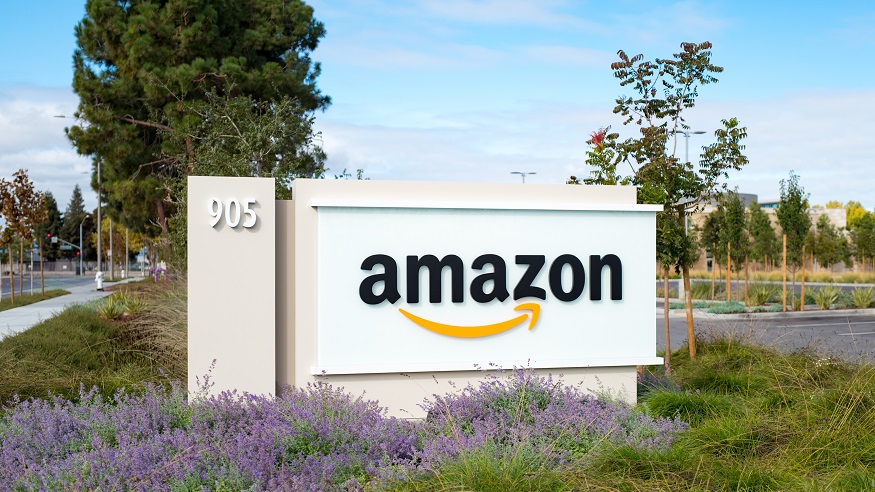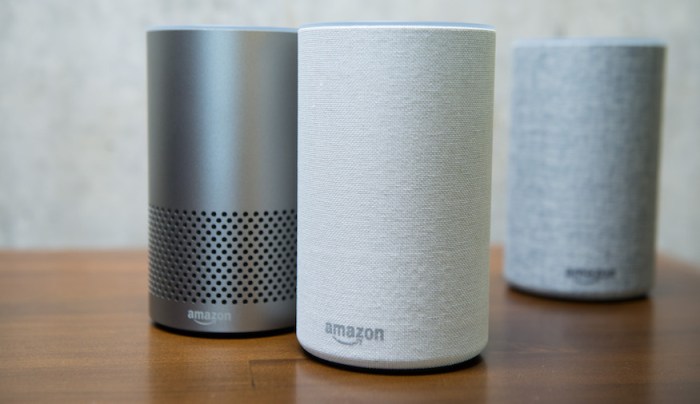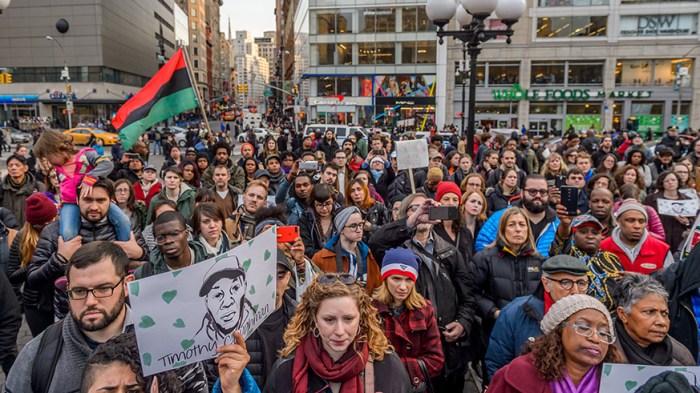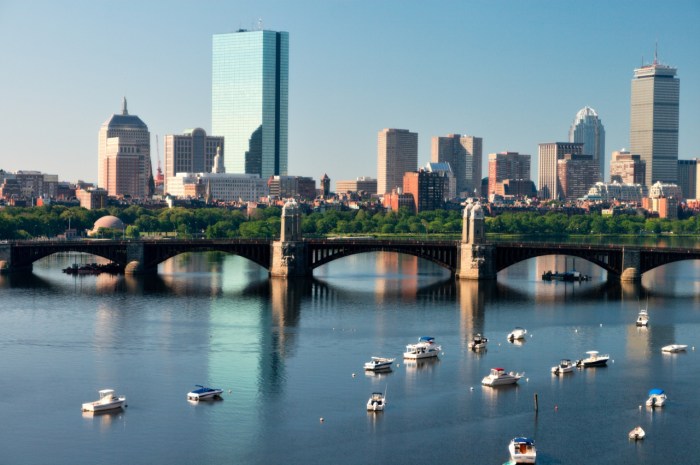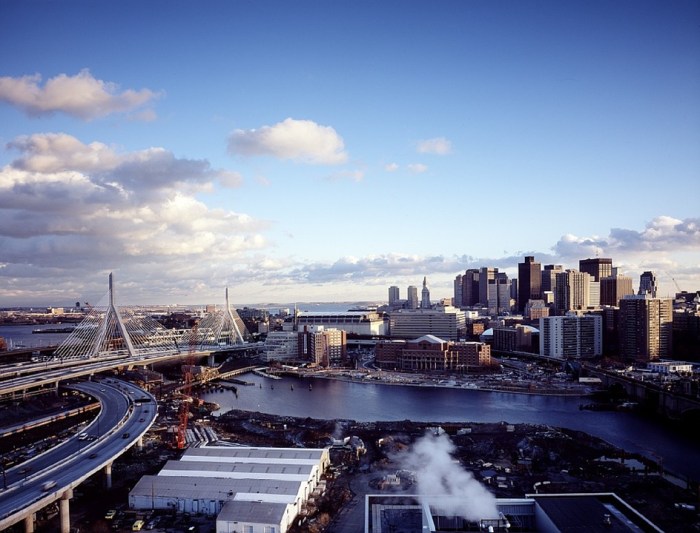Meet Scout, Amazon’s new delivery robot.
Whether we want it or not, it’s getting clear that the future will involve robots.
In a couple of years, tech experts expect robots to take online orders, pack your bags at the grocery store and greet you at the hotel reception.
And soon the robot Scout may show up at your doorstep with your Amazon packages.
Amazon’s new delivery robot, Scout

Earlier this week, Amazon announced their newest delivery unit; a blue robot named Scout.
The company will begin field-testing the robot in Snohomish County, Washington, with Amazon customers who request same-day, one-day or two-day delivery. It will deliver packages to the customers’ doorstep, garage or car.
“We’re starting with six Amazon Scout devices, delivering packages Monday through Friday, during daylight hours,” Sean Scott, Vice President of Amazon Scout, announced in a statement.
The devices will follow their delivery route automatically but will initially be accompanied by an Amazon employee.
“We need to ensure that the devices can safely and efficiently navigate around pets, pedestrians and anything else in their path,” Scott said.
Scout, which was developed at Amazon’s research lab in Seattle, has six-wheels, is powered by an electric battery and moves at a walking pace.
A local official in Snohomish County happily welcomed the new delivery robots.
“We are delighted to welcome Amazon Scout into our community. Similar to Amazon, we are always looking for new ways to better deliver service to our residents,” said Snohomish County Executive Dave Somers in a statement.
“From the latest Amazon innovation to cutting edge technology, Snohomish County is a great place for entrepreneurial creativity.”
Will Scout the Amazon robot really work?

In Amazon’s promotional video of the delivery robot, you see Scout rolling down the sidewalk, crossing the street and then stopping in front of an idyllic house.
A woman comes out and Scout’s lid lifts, revealing an Amazon package. Sounds comfortable and smart, right?
Unfortunately, it’s not that easy.
The reality of the streets, traffic and sidewalks are complicated and messy. It’s easy to understand why Amazon is testing their robots in a calm, suburban location.
Since roads have stoplights and neat lanes, they’re considered to be a structured environment for robots.
Sidewalks, on the other hand, are way more complicated. The delivery robot will have to cross roads, bike lanes and dodge both humans and pets walking by to reach customers.
On top of this, the robots will probably need to face mischievous people, who will try to steal its packages or push it.
“It’s a market that has yet to be validated,” Brian Gerkey, CEO of Open Robotics, told WIRED. “You’ve seen a lot of startups working on this, but I think there’s always been this question of whether it’s going to work.”
A robot never gets tired and helps companies save money, but there are still a lot of things that only humans can do.
A delivery robot like Scout can’t open doors or gates and it can’t climb any steps. Also, if Amazon requires the customer to enter a PIN to access the package, the robot can’t deliver the package if the customer isn’t home.
“Also, a robot won’t be able to react to unexpected situations,” Gerkey said. “People are just going to be fantastic at that.”
Other delivery robots like Scout the Amazon robot

Amazon is actually quite late to announce a delivery robot, and there are a few that have already been out on the market for a while.
Starship launched a delivery robot to deliver pizza in 2014, Postmates announced a robot last week that will deliver groceries and Kiwi robots have been delivering food to students at the UC Berkley campus.
The results have been mixed. Most of the robots have been working perfectly on several occasions but have also had many technical issues and struggled with people pushing them.
At one occasion, Kiwi’s robot caught fire while wheeling through a college campus and they had to pull all of its robots from service.
In San Francisco, they struggled with how they were supposed to regulate the new robots roaming around on their streets. At the end of 2017, the delivery robots were severely restricted, mandating that startups for companies to test their deliveries need to be in the quiet suburbs of the city. But once they’ve been tested, they’re welcome to deliver packages in central San Fransisco.
While Amazon’s robots are primarily being tested in one neighborhood in Washington, it’s not hard to see a future where delivery robots roam around on the streets.
We’ll just have to wait and see.

